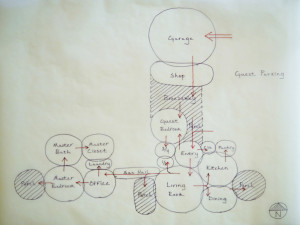Pre-Design & Values Worksheets
When you work with us at Sunlight Homes, the first step we take is giving your access to our online Pre-Design and Values Worksheets. Prior to the crafting of your design, we first need to understand the exact wants and needs which you have for your home. These worksheets are truly comprehensive, covering everything from the number of rooms you desire in your home, to your hobbies and future plans. Through our values worksheets, we get to know exactly what is important to you. Do you want your home to be a hub for entertainment, a safe have, or a place of relaxation? No matter your preference, your new home will be designed to match your unique lifestyle. Not only do these worksheets help us in the design process, but they can also act to provide you with a clear sense of what you want in a home. In fact, we often hear back from clients about how our worksheet helped them come up with new ideas and priorities for their home that they had not thought of previously.


